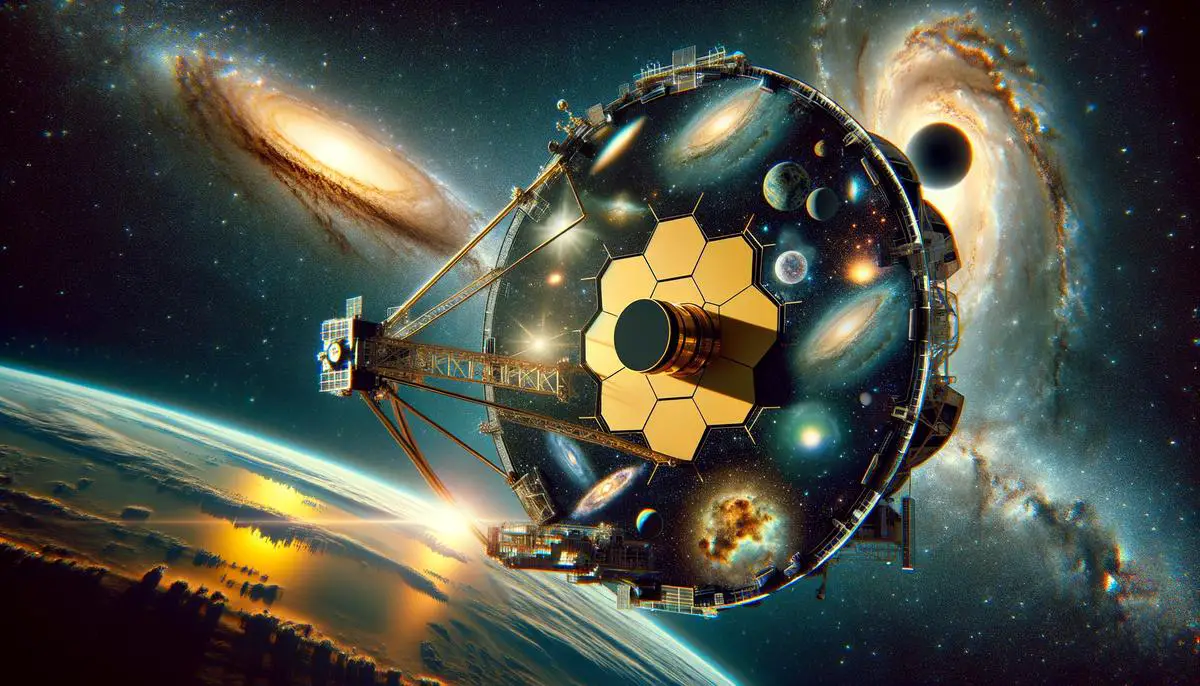Early Universe Discoveries
The James Webb Space Telescope (JWST) has uncovered galaxies that existed when the universe was approximately 300 million years old. Notably, galaxies GS-z14-0 and GS-z14-1 were detected using redshift techniques, allowing astronomers to examine the cosmic dawn period.
GS-z14-0, observed as it was 290 million years after the Big Bang, is particularly bright and extends over 1,600 light-years. Its luminosity suggests active star formation in the early universe.
The Advanced Deep Extragalactic Survey (Jades) team uses redshift analysis to reveal details about these galaxies' formation and composition. Emissions from hydrogen and oxygen atoms indicate intense star-forming regions, contributing to our understanding of early galaxy formation.
The JWST, a collaboration between NASA, ESA, and CSA, has extended our view of the cosmic past, offering new insights into how early galaxies could shine so brightly soon after the Big Bang.
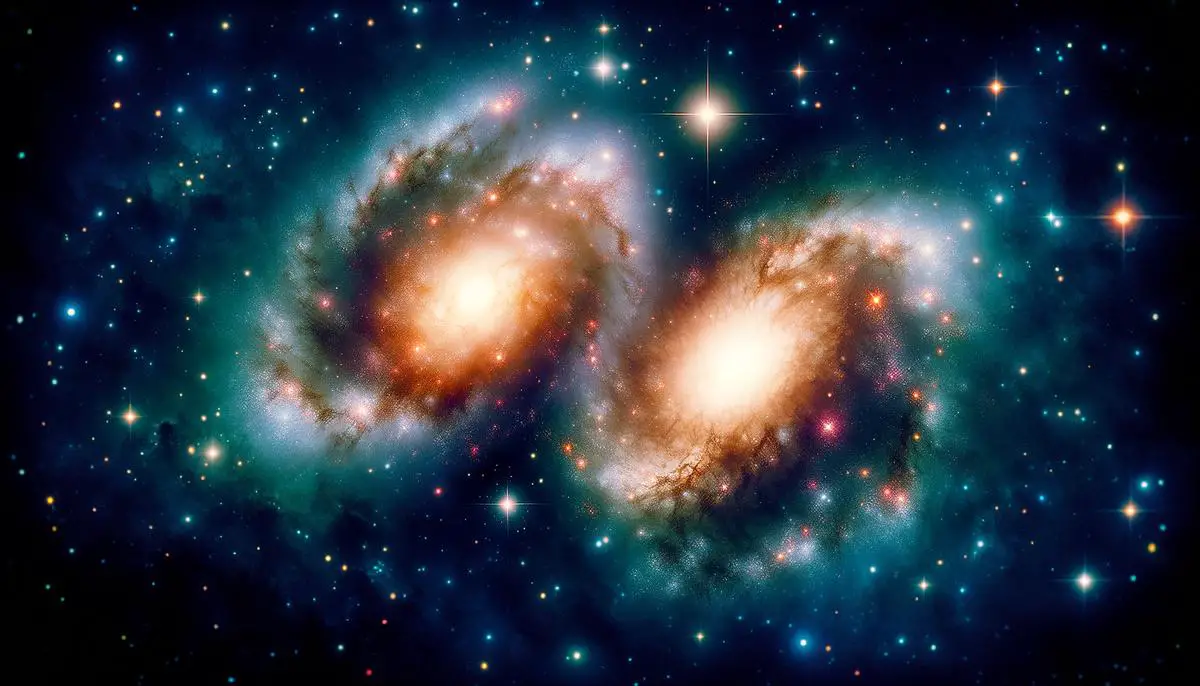
Exoplanet Atmosphere Analysis
The JWST has made significant discoveries about exoplanet GJ 9827 d, located 98 light-years away in the constellation Pisces. Scientists have labeled it a "steam world" due to its high concentration of heavier molecules and abundant water vapor in its atmosphere.
Unlike larger gas giants, GJ 9827 d's atmospheric composition is closer to what researchers seek in terrestrial planets. Caroline Piaulet-Ghorayeb, leading the research at Université de Montréal's Trottier Institute for Research on Exoplanets, emphasizes that this exoplanet deviates from the norm.
Although not considered habitable, GJ 9827 d serves as a bridge between hydrogen-rich gas giants and potentially life-supporting rocky worlds. This discovery underscores the JWST's capability to detect atmospheres on smaller exoplanets, moving closer to identifying Earth-like conditions.
The examination of GJ 9827 d was conducted using the JWST's Near-Infrared Imager and Slitless Spectrograph. These findings have shifted astronomical interest towards smaller worlds, broadening our understanding of exoplanetary climates and the potential for extraterrestrial life.
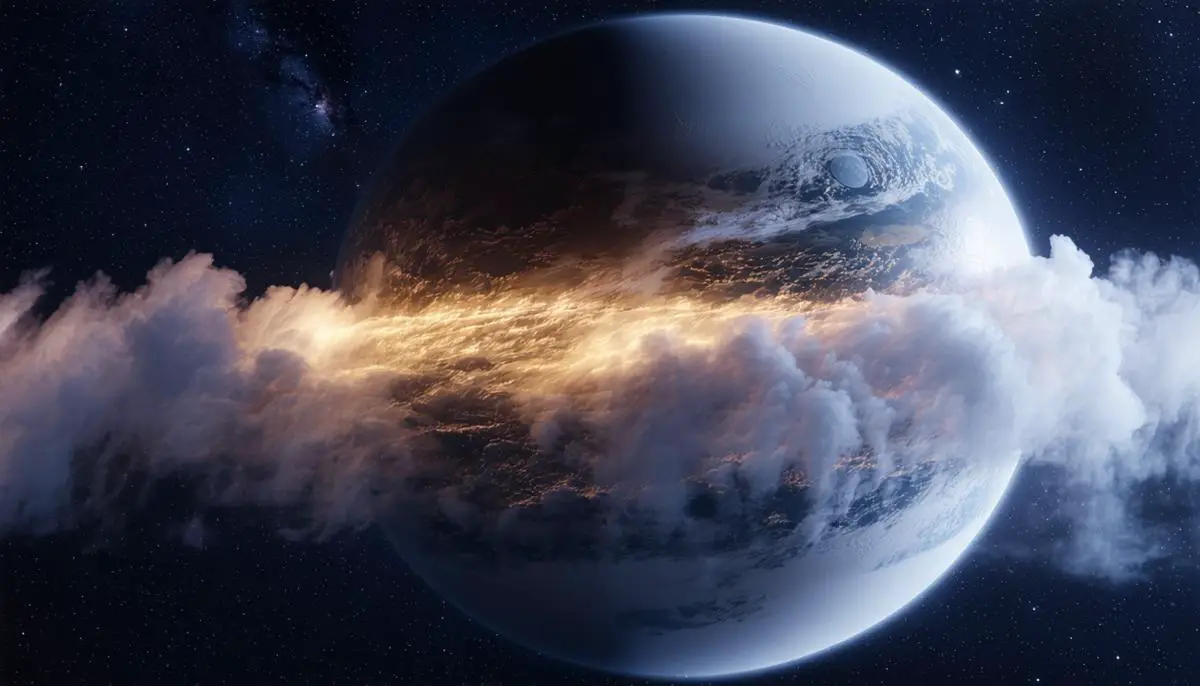
Galactic Evolution and Star Formation
The JWST has revealed unexpected rapid maturation of early galaxies, reshaping our understanding of galactic evolution. A team led by Durham University discovered galaxies with "star bars" shortly after the Big Bang, structures previously thought to emerge much later in galactic development.
These elongated stellar densities act as catalysts for star birth by channeling interstellar gas to galactic centers. This finding suggests galaxies matured faster than previously believed, recalibrating our cosmic timeline.
"Galaxies in the early universe are maturing much faster than we thought," Zoe Le Conte, team leader and a researcher at Durham University, said. "This is a real surprise because you would expect the universe at that stage to be very turbulent, with lots of collisions between galaxies and a lot of gas that hasn't yet transformed into stars."
The JWST has traced bar structures in galaxies from as early as 8 billion years ago, expanding our reach into the early universe. These observations provide new insights into the mechanisms of cosmic evolution, inviting us to reconsider the interplay between organization and chaos in galactic formation.
Supermassive Black Hole Activity
The James Webb Space Telescope (JWST) has provided new insights into the activity of Sagittarius A* (Sgr A*), the supermassive black hole at the center of the Milky Way. Unlike typically quiet black holes, Sgr A* exhibits constant energetic activity, releasing daily flares that range from brief scintillations to prolonged luminous bursts.
The JWST's near-infrared camera (NIRCam) has captured Sgr A*'s fluctuating brilliance, revealing an unending sequence of variable emissions. Dr. Farhad Yusef-Zadeh, a leading researcher, notes that this non-stop variability is unprecedented.
Astronomers hypothesize that short-lived and extended flares may have different origins:
- Brief flickers could result from subtle fluxes within the accretion flow
- Spectacular flares might be triggered by magnetic reconnection events, accelerating particles to near light-speeds
Observations across varying infrared wavelengths provide insights into energy dissipation around black holes, showing rapid energy drop-off at shorter wavelengths compared to longer ones.
The unpredictability of Sgr A*'s activity suggests complex interactions that current models are only beginning to understand. Researchers aim to intensify focus on these black hole flares, seeking longer, uninterrupted observations to potentially uncover periodic patterns or confirm truly random behavior.
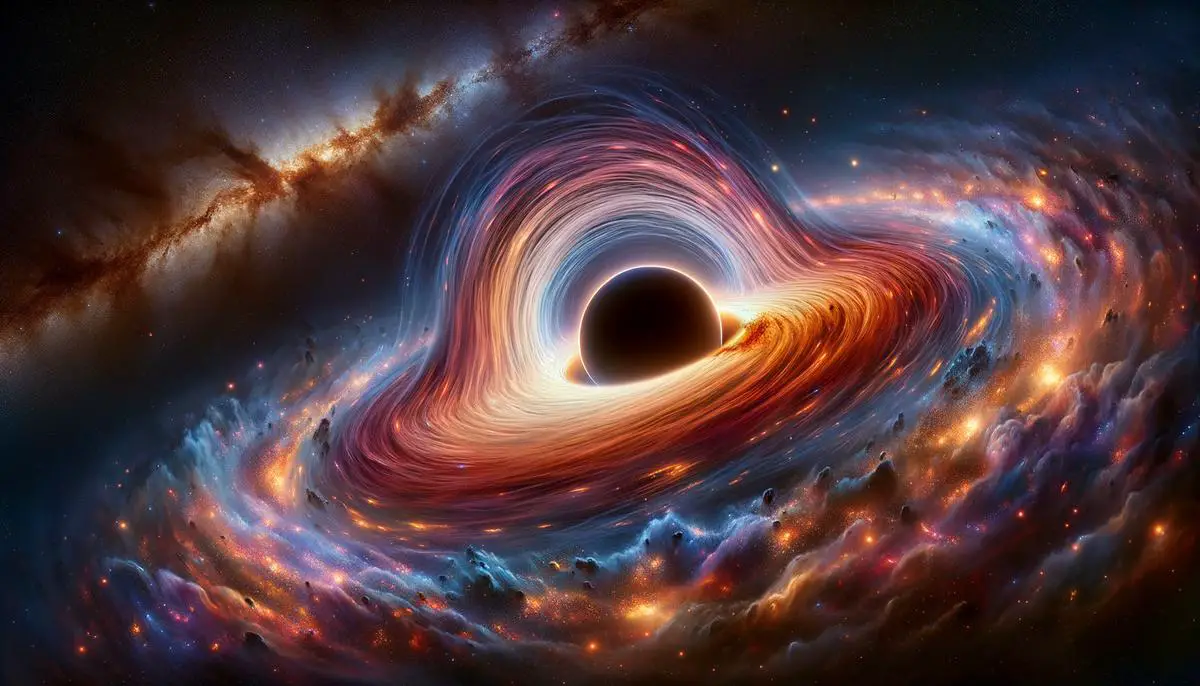
Challenges and Future of the JWST
The James Webb Space Telescope (JWST) faces potential budget cuts, posing challenges for its current missions and future astronomical exploration. A proposed 20% reduction in operational funds could impact various aspects of its operations, from scientific reviews to target selection.
Tom Brown, leader of the Webb mission office at the Space Telescope Science Institute, has expressed concern about these potential cuts at recent scientific gatherings. The reduction could slow data processing and analysis, potentially delaying the dissemination of new discoveries and affecting future projects based on JWST findings.
Despite these challenges, the JWST has already surpassed numerous expectations, cementing its role in modern astronomy. Its collaborative international origins highlight a resilient spirit that continues to drive the scientific community's pursuit of knowledge.
Scientists remain committed to advocating for the JWST, ensuring that discoveries like those of the universe's earliest galaxies, peculiar exoplanets, and the enigmatic Sgr A* continue to propel astronomical research forward.
As the next fiscal year approaches, the overarching sentiment remains one of tenacious curiosity. The JWST continues to explore the unknown, sketching a cosmos rich with wonders yet to be uncovered, demonstrating that the spirit of exploration endures despite potential obstacles.
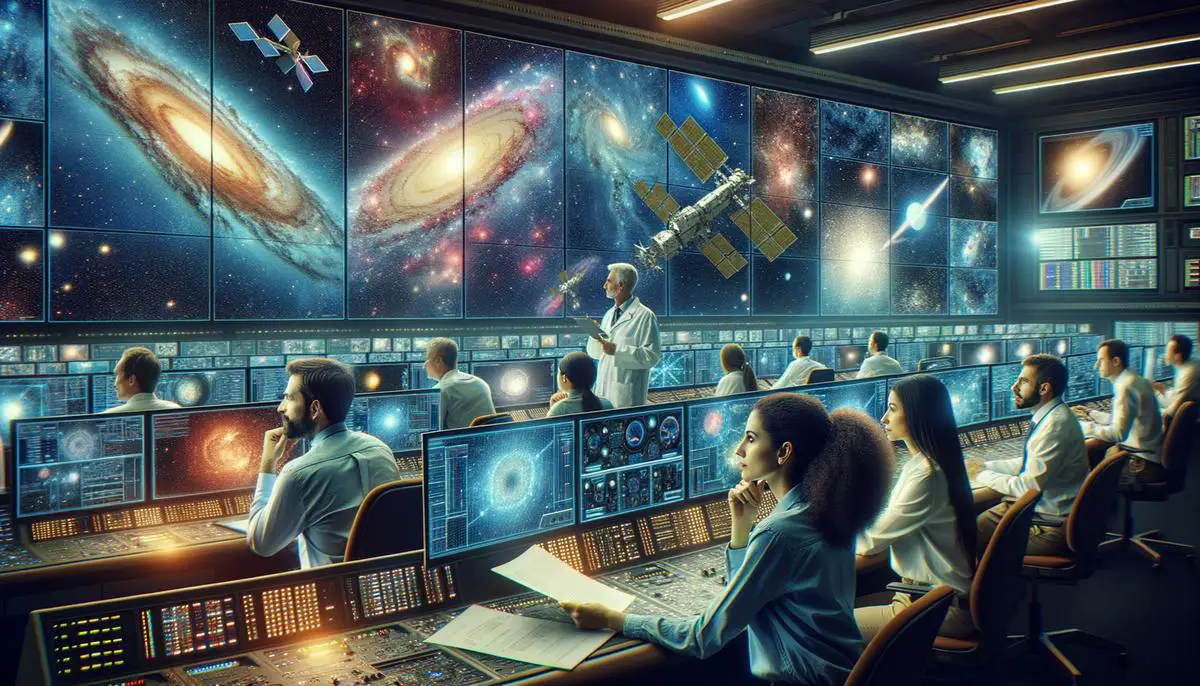
The James Webb Space Telescope has significantly enriched our understanding of the cosmos, from revealing early galaxies to examining exoplanet atmospheres. Despite challenges such as potential budget cuts, the commitment to unraveling cosmic mysteries remains strong. The telescope's legacy of perseverance and discovery continues to inspire future generations in their quest for answers among the stars.
- Yusef-Zadeh F, et al. Continuous Variability of Sgr A* as Seen by JWST. Astrophys J Lett. 2024.
- Le Conte Z, et al. Early Bar Formation in JWST Galaxies. Mon Not R Astron Soc. 2024.
- Piaulet-Ghorayeb C, et al. Steam World Atmosphere on Exoplanet GJ 9827 d. Astrophys J Lett. 2024.
- D'Eugenio F, et al. Earliest Known Galaxies Detected by JWST. Nature. 2024.
- Brown T. Potential Budget Impacts on JWST Operations. American Astronomical Society Meeting. 2024.
![]()
